Written By: Andy Chuc and Yadely Valladarez
San Pablo is a Yucatec Maya village in the Orange Walk District. San Pablo is adjacent to San José Village and is divided from the latter by a speed bump. Since 1886, San Pablo has been populated with milpas belonging to families from nearby villages that migrated to the area seeking refuge during the La Guerra Social Maya (Caste War) in Yucatan, Mexico. Before establishing San Pablo, these families lived a semi-nomadic life seeking new lands to do their milpas and enjoy a peaceful life. In 1915, the village of San Pablo became a permanent settlement consisting of Mayeros (Mayas). The first inhabitants included Pedro Marin, Anacleto Mai, Eluterio Mendez, Isidra Juanita Mai Mendez, Fulgencio Sabido, and a Maya H-men (curandero) or shaman Don Agustine Cawich, among others. Today one can still find families holding Maya surnames such as Bacab, Chuc, Itza, Uh, Mai, Tec, and others.
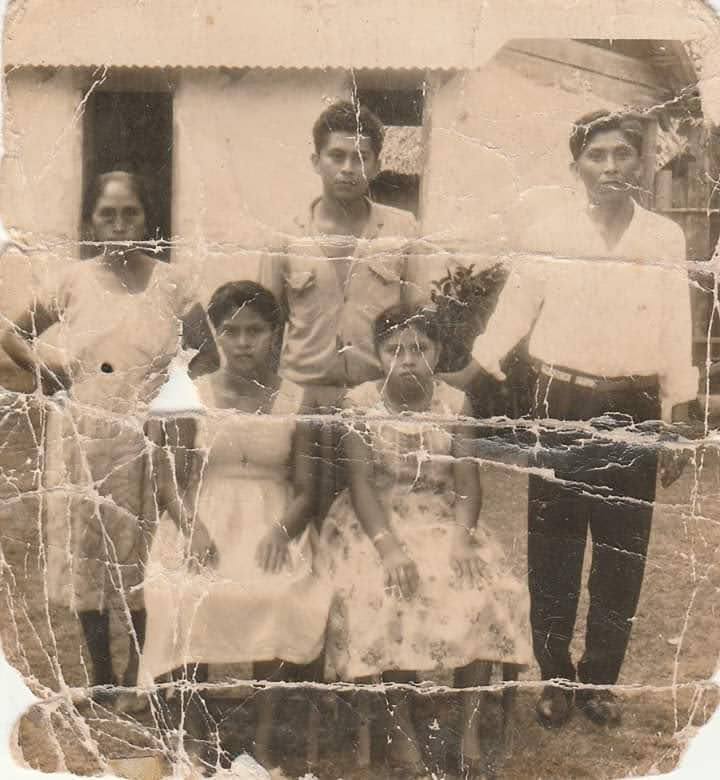
Early Yucatec Maya Family 
Andy Chuc & Yadely Valladerez in traditional Yucatec Maya attire 
Traditional houses, San Pablo Village
Yucatec Maya Heritage in Daily Life
The original inhabitants of San Pablo Village were Yucatec Maya speakers. The decline of the Yucatec Maya language is a concerning issue as it now mainly spoken by community elders. Today, most of the younger generation speaks Spanish. There is a need for language preservation programs especially geared towards teaching the language to children. Many children speak Spanish as their first language but still use many Yucatec Maya words and expressions. Popular Maya words still used today are:
- Weech (Maya) – Armadillo (Spanish/English)
- Tuuch (Maya) – Ombligo (Spanish) – Navel (English)
- Chiiwoj (Maya) – Tarántulas (Spanish) – Tarantula (English)
Food is a huge part of village life in San Pablo.
Maya Mestizo dishes like Bo’ox k’ool (Chirmole), Bo’ox But’ (Relleno), Cochinita Pibil and Escabeche are very popular for birthday parties, weddings, and other family gatherings. Other Maya dishes include U táamali’i Chaay (Tamales de Chaya), and Pibil Ka’ax (chicken cooked underground). Traditional Maya drinks are Sa’a (Atole), K’eyem (Pozole), Báalche’ (Holy wine) and Maja Blanca. Waaj or corn tortillas are very popular in everyday dishes.
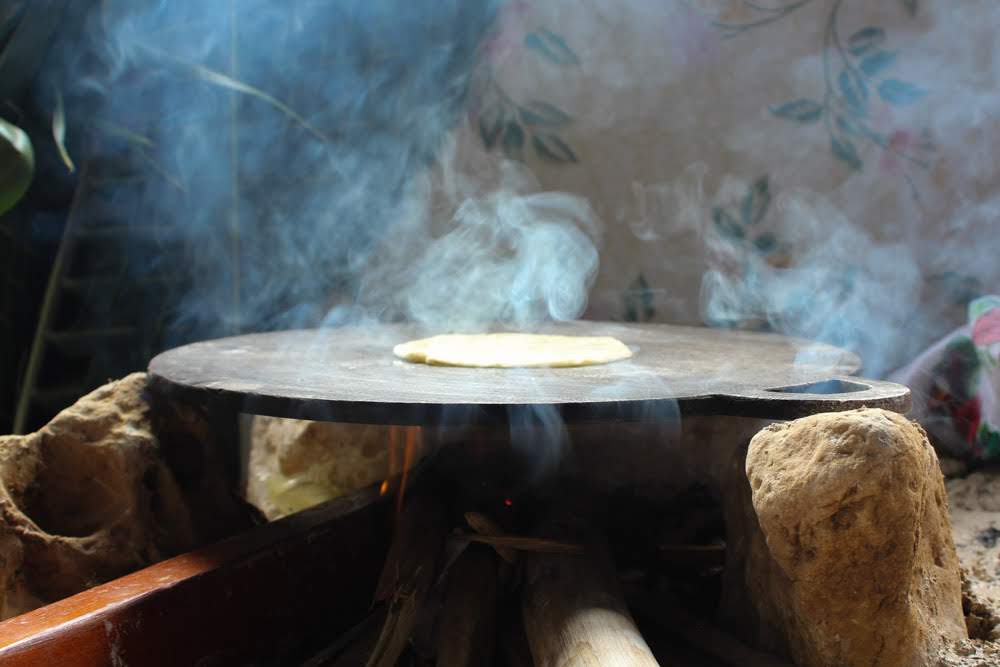
Corn tortilla-making 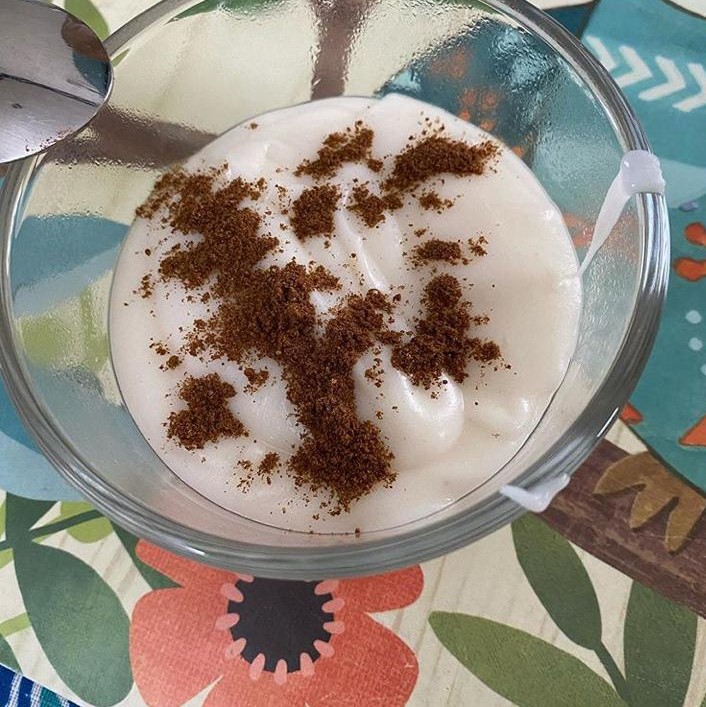
Maja Blanca 
Tamales de Chaya
Despite past European influence, the Mayas of San Pablo still practice traditional rituals, particularly when planting and harvesting. One such practice is the Cha Chaac Primicias done after the cane season. The Maya communities of San Pablo and San José get together to honour and ask los dueños del mento or Chaac (God of Rain) for the rain to come. A traditional Maya alter is made for the ceremony and báalché is served along with Pibil Ka’ax and Pozole. The ceremony performed in Yucatec Maya is led by a H-men.
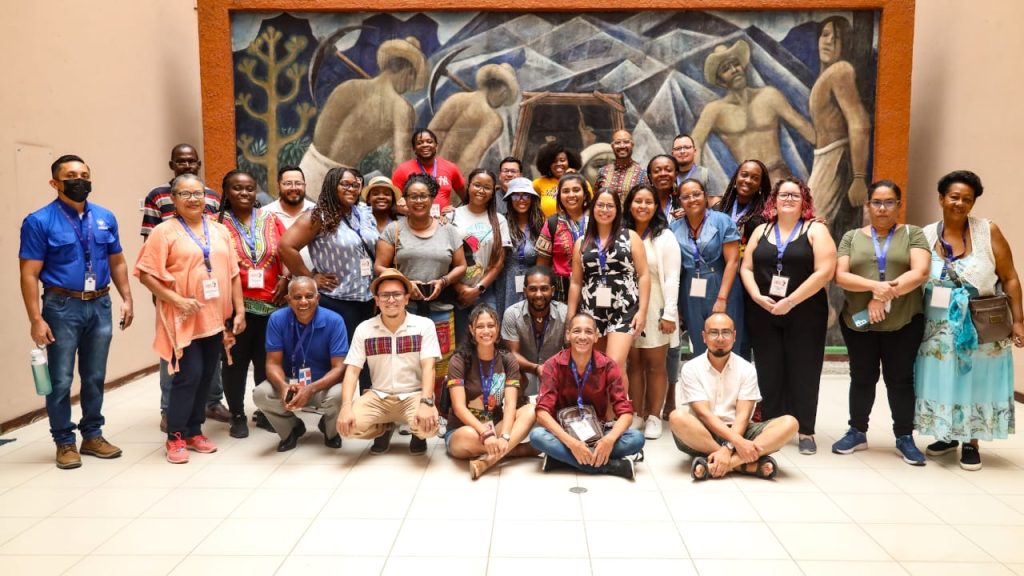
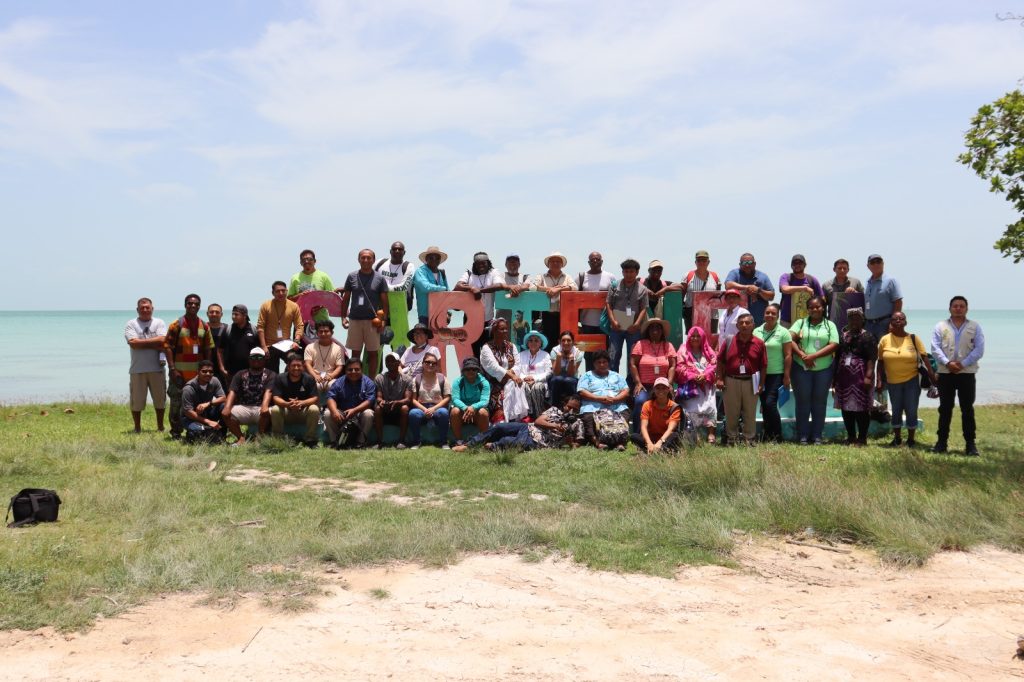
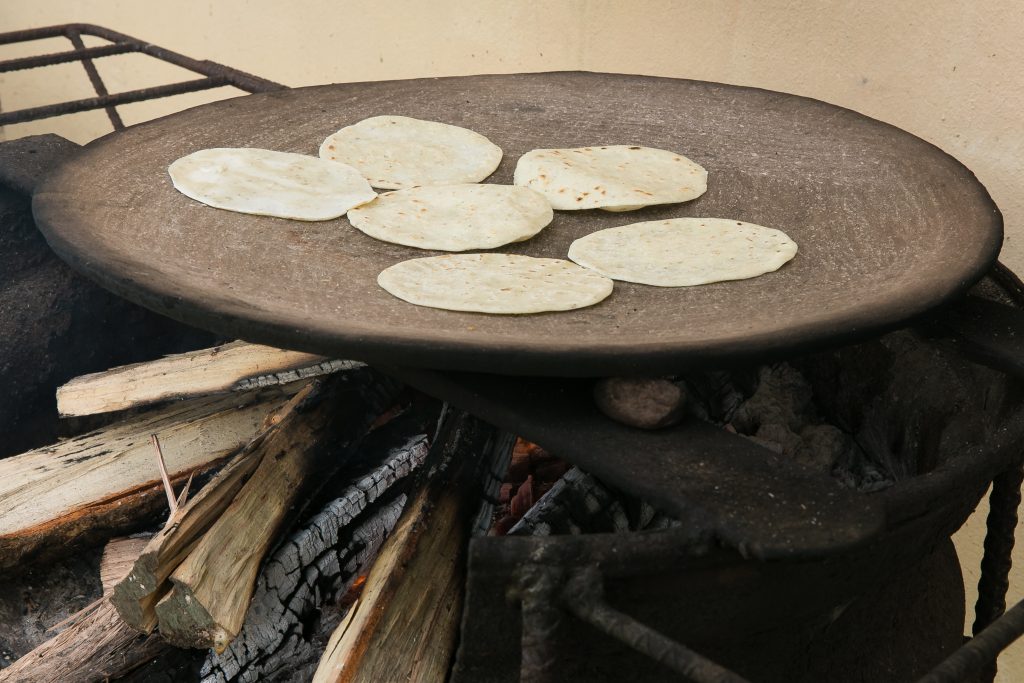
Recent Comments